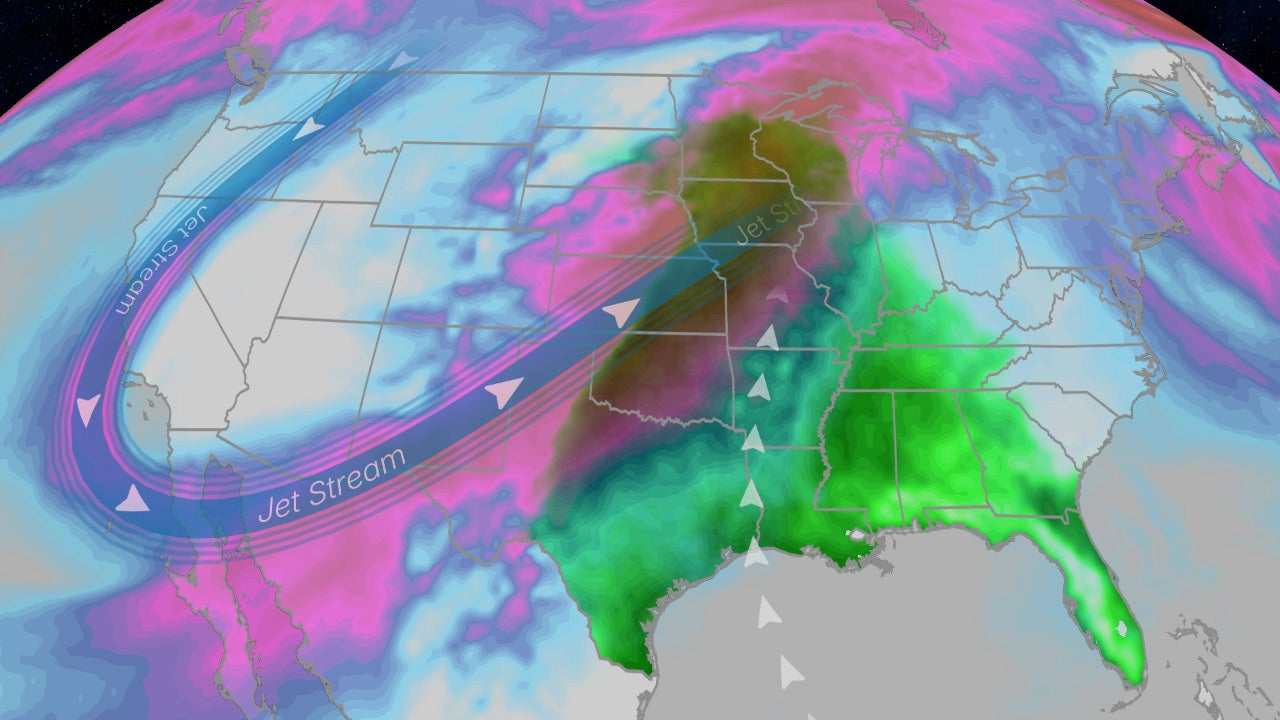April Storms: Tornado Risk in Midwest, Plains
April showers may bring May flowers, but in the Midwest and Plains regions of the United States, they also bring a significantly heightened risk of severe weather, particularly tornadoes. Understanding the meteorological factors driving this risk is crucial for preparedness and safety. This article delves into the atmospheric conditions that fuel April's tornado outbreaks, explores the specific regions most at risk, and provides practical tips for staying safe during these potentially devastating storms.
The Perfect Storm: Atmospheric Ingredients for Tornadoes
Tornadoes are nature's most violent storms, requiring a complex interplay of atmospheric conditions. April's unique weather patterns in the Midwest and Plains create an environment ripe for tornado formation. Here are the key ingredients:
1. Warm, Moist Air: The Fuel
A surge of warm, moist air from the Gulf of Mexico flows northward, providing the necessary energy and moisture for thunderstorm development. This warm, humid air is unstable, meaning it readily rises, fueling the powerful updrafts within thunderstorms.
2. Cold, Dry Air: The Contrast
Simultaneously, a mass of cold, dry air descends from the north or northwest. This creates a sharp contrast in temperature and moisture, leading to significant atmospheric instability. This clash of air masses is crucial for the formation of strong updrafts and downdrafts within the storm.
3. Wind Shear: The Rotation
Wind shear, a change in wind speed or direction with height, is essential for tornado formation. This shear causes the rotating updraft, or mesocyclone, to develop within the thunderstorm. The stronger the wind shear, the greater the potential for a strong, long-lived tornado.
4. Jet Stream: The Steering Mechanism
The jet stream, a fast-flowing current of air high in the atmosphere, plays a critical role in steering the storm systems. Its position and strength can influence the track and intensity of storms, impacting which areas experience the greatest tornado risk.
Tornado Alley and Beyond: Geographic Risk Zones
While the term "Tornado Alley" is often used to describe the region with the highest frequency of tornadoes, the risk extends beyond this traditional area, particularly during April. The Midwest and Great Plains, including states like Oklahoma, Kansas, Texas, Nebraska, Iowa, and parts of Missouri, Illinois, and South Dakota, consistently experience a significant number of tornadoes in April. This is due to the frequent clashes between warm, moist air masses and cold, dry air masses in these regions.
Staying Safe During April's Storms
Preparing for and responding to severe weather, including tornadoes, is paramount. Here are some crucial safety measures:
- Develop a Severe Weather Plan: Know where to take shelter and have a designated meeting point for your family.
- Stay Informed: Monitor weather forecasts closely through reliable sources such as the National Weather Service (NWS). Pay close attention to tornado warnings and watches.
- Build a Safety Kit: Include essential supplies like water, non-perishable food, a battery-powered radio, flashlights, and a first-aid kit.
- Find Safe Shelter: Seek shelter immediately upon issuance of a tornado warning. The safest place is a basement or an interior room on the lowest floor, away from windows.
- Know the Signs: Learn to recognize the warning signs of a tornado, such as a dark, greenish sky, large hail, a loud roar, or a large, rotating, dark cloud (funnel cloud).
Conclusion: Preparedness is Key
April storms in the Midwest and Plains pose a significant threat due to the high risk of tornadoes. Understanding the meteorological conditions that contribute to tornado formation, identifying at-risk areas, and implementing effective safety measures are essential for mitigating the risks and ensuring the safety of individuals and communities. Don't underestimate the power of nature; preparedness is your best defense against the destructive force of April's storms.
